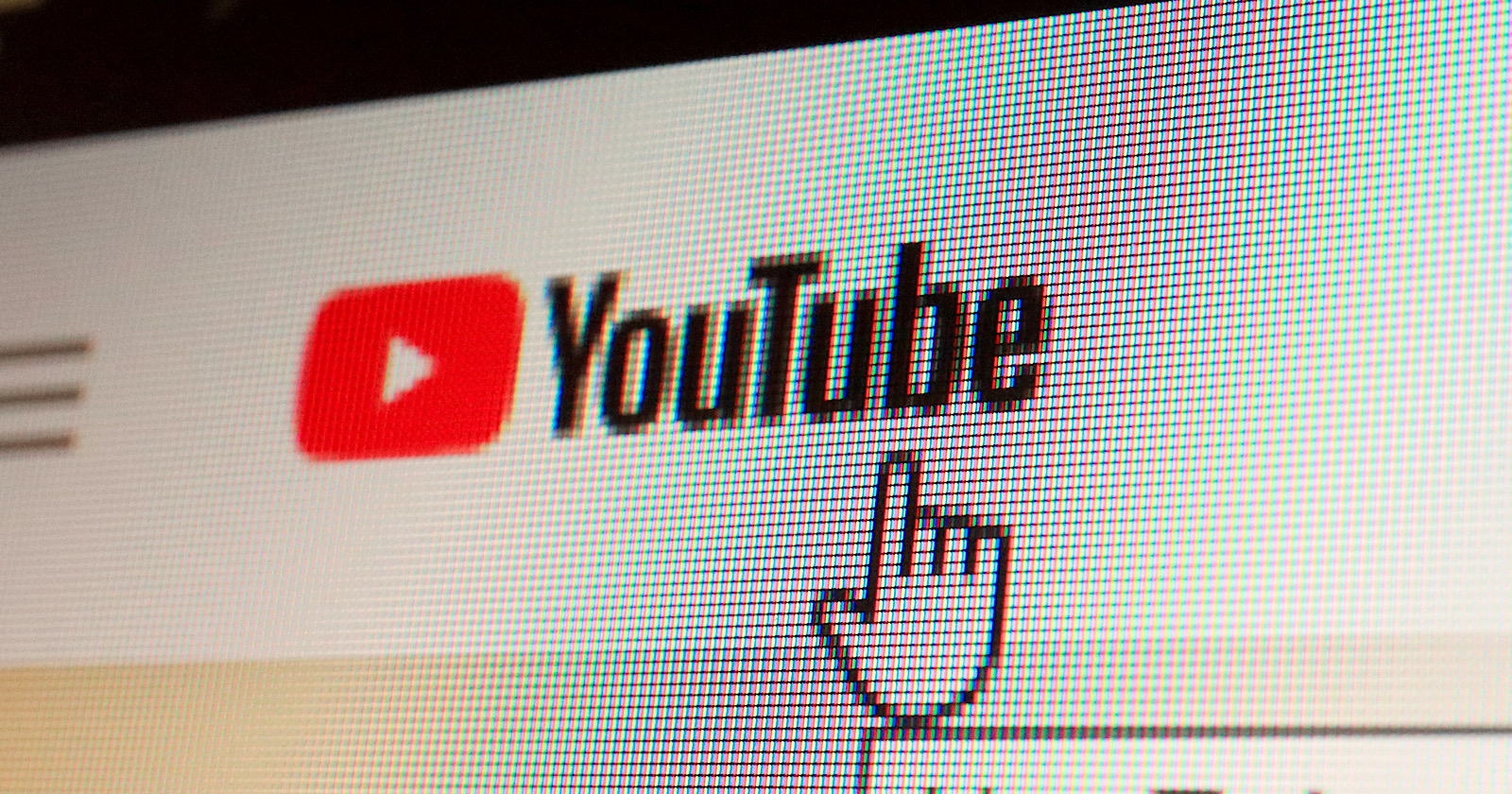YouTube is sharing more details about how its search and recommendation algorithms work in a new video where the company answers questions from users.
The YouTube team published a similar video earlier this month, though its newest video answers an all-new set of questions.
There’s quite a bit of material to go over so let’s get right into it.
Impact of Changing Titles & Thumbnails
If a video isn’t performing well, would it help to change the title and thumbnail? Or would that make the algorithm lose confidence in the video?
YouTube absolutely recommends changing the way a title or thumbnail looks, as it can be an effective way to get more views.
That’s generally because the video looks different to viewers and that’s going to change how people interact with it when it’s offered in their recommendations. YouTube’s algorithm then responds to the change in user behavior, not the act of changing the title or thumbnail.
Advertisement
Continue Reading Below
The act of changing a title or thumbnail does not inherently trigger YouTube to increase the impressions for a video. It’s all about how users respond to the change.
In general, making changes to a video is only recommended when it has both a lower click-through rate and it’s receiving fewer views and impressions than usual.
Algorithm Response to Old/Inactive Subscribers
Can old/inactive subscribers negatively affect the performance of a video? The concern is this could lead to a lower CTR, which may result in the video not being recommended as much.
YouTube’s recommendation algorithm doesn’t focus on the subscription feed as a primary signal. The algorithm is focused on how well a video performs in the context it’s shown in.
Advertisement
Continue Reading Below
Ranking on the home page, for example, is based on how well that video performed when shown on other users’ home pages.
YouTube’s algorithm understands which viewers have not watched a channel’s content in a long time, and will avoid showing content from that channel to inactive subscribers.
So inactive subscribers are not something channel owners should be worried about.
How is a total subscriber count relevant if YouTube won’t push out content to all subscribers based on their inactivity/lack of engagement on the channel. Shouldn’t videos be pushed out to someone unless they unsubscribe?
YouTube’s recommendation system does not push videos out to anyone. What it does is pull videos in and ranks them for users based on what they’re most likely to watch.
Subscribers are one of many signals used to rank videos for users. It testing, YouTube found prioritizing content from channels a user subscribes to dramatically reduces how many videos users watch and how often they come back to YouTube.
That’s why YouTube’s recommendation algorithm is designed to recommend content users are likely to watch, regardless of whether it’s published by channels a user subscribes to.
Related: YouTube Reveals New Details About its Algorithm
YouTube Search Results
How does YouTube rank search results?
Just like Google’s search engine, search on YouTube has a similar goal where it wants to show users the most relevant results for their queries.
Videos are ranked in YouTube search according to a variety of factors, but the most important factors are relevance and performance.
Advertisement
Continue Reading Below
Relevance is how well the title, description, and content of a video match the user’s query.
Performance is related to which videos users chose to watch after conducting similar queries.
YouTube’s algorithm also considers engagement metrics such as how long and how much of a video users choose to watch.
To clarify, YouTube’s search results are not a list of the most viewed results for a given query. It’s more about which videos are the most relevant and which videos a user is most likely to watch.
Related: Google Explains How YouTube Search Works
Multiple Languages on the Same Channel
Can uploading videos in two different languages on the same channel affect how videos from that channel are recommended by YouTube?
Advertisement
Continue Reading Below
Uploading in different languages on the same channel can be confusing to viewers. For that reason, YouTube recommends creating separate channels for each language.
However, if the channel specifically caters to an audience that speaks multiple languages, then keeping all content on the same channel makes sense.
Importance of Watch-Time
Does it take a certain amount of hours of watch-time before a video is recommended by YouTube’s algorithm?
There’s no particular threshold a video needs to meet before it starts getting recommended.
Channels may notice some of their videos gaining momentum months after being published because it’s common for users to show interest in old videos. This could be because a particular topic is rising in popularity, or new viewers of a channel may be going back and watching previous videos.
Advertisement
Continue Reading Below
Most users do not watch videos in the order of most recent, or decide what they want to watch based on when it was published. So a user’s home page will often contain videos published weeks, months, or even years ago.
See YouTube’s full Q&A video below:


